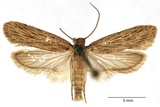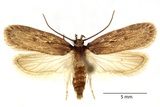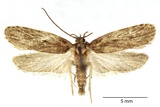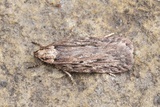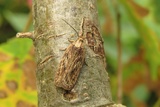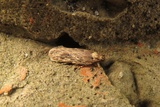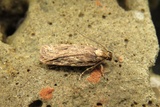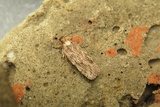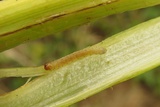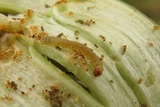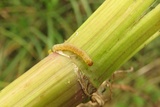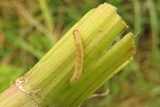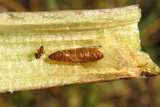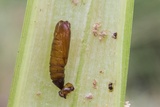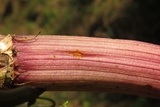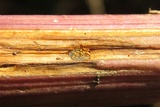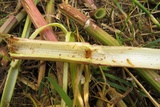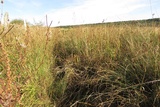Depressaria ultimella Stainton, 1849 Species
Last modified: Nov. 29, 2024, 1:51 p.m.
A very rare and local species in Belgium.
Details
- Classification
- Family: Depressariidae > Subfamily: Depressariinae > Genus: Depressaria > Species: Depressaria ultimella
- Vernacular names
- Torkruidplatlijfje (NL), Fen Flat-body (EN)
- First mention in Belgium
- Fologne E. 1863. Addenda au catalogue des Lépidoptères de Belgique. — Annales de la Société entomologique belge 7: 87–93. On page 91 (as Depressaria Ultimella Stt.). view page
- Status
-
Native
Distribution
Bionomics
The eggs are oviposited during April–May on the larval foodplant, close to an umbel.
The first instar bores into the stem of an umbel and later on it moves to larger side branches. The last instars move to the main stem even below water level, in June–July. Just before pupation the last instar bites an emergence hole in the side of the stem and closes this with silk and frass.
Pupation in a loosely spun silken cocoon, sometimes below the water level.
The adults emerge through the watertight exit hole in July–September. The pupa does not protrude the exit hole before emerging. The species hibernate in the adult stage. Adults have been observed flying around in May during late afternoon sunshine. They are also active at night and come occasionally to light.
Flight periods
One generation a year from end of July–September and again after hibernation April–May.
Observed on
- Host plant (species):
- Apium nodiflorum, Oenanthe aquatica, Oenanthe crocata, Sium latifolium, Berula erecta and Apium graveolens
The species is mainly found on Apium nodiflorum, but it has also been recorded on other Apiaceae like Oenanthe aquatica, O. crocata or on Sium latifolium.
